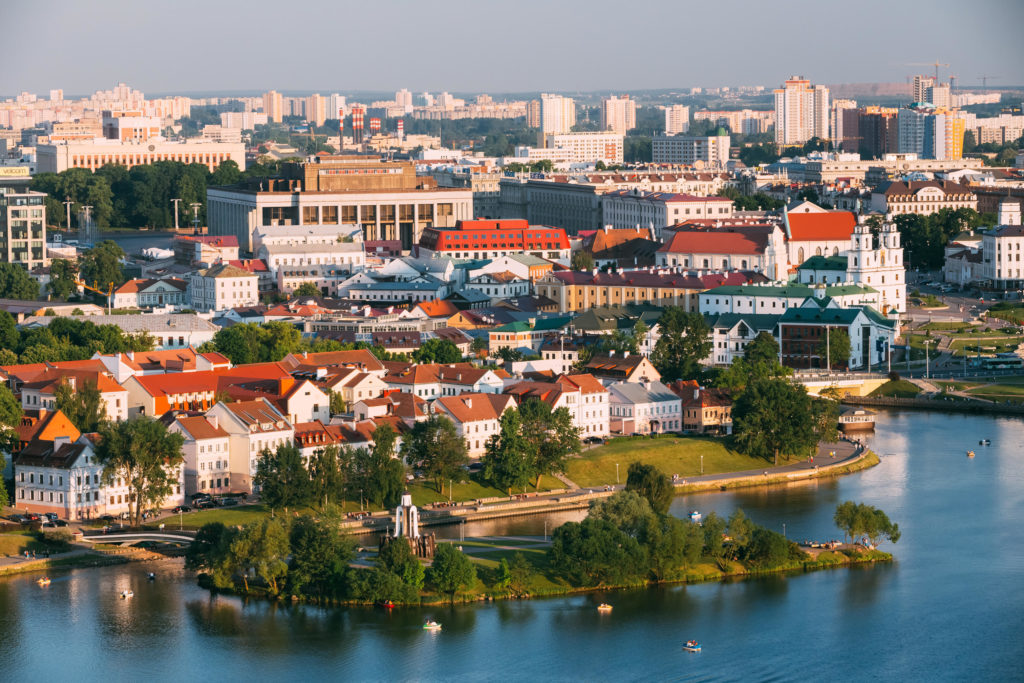Belarus’s central bank plans to keep its key refinancing rate in a range of 9-10 percent and expects annual inflation to slow down in the second half of this year.
Consumer prices in Belarus were up 0.9 percent in December from a month earlier after rising 0.5 percent in November. Annual inflation in December was 9.97 percent, down from 10.3 percent in November.
“If the inflation trend that we predict materialises, then what we have planned for the refinancing rate will be ensured – the average rate will be in the range of 9-10 percent,” Pavel Kallaur, the central bank head, said.
The central bank raised the key rate in July last year to 9.25 percent and had not been reviewing its decision since then,
The central bank expects annual inflation to decline and reach its target level of 6 percent by the end of 2022.
“We will aim for inflation to be close to 6 percent by the end of this year … It’s not easy, because there is imported inflation,” Kallaur said.
He said that inflation would reach a plateau in the first quarter of this year.
“The volatility that will be in the first quarter will be replaced by a steady downward trend … by the end of the year,” he said.
The economy of Belarus expanded in 2021, supported by a buoyant manufacturing output and a smaller fall in construction activity as well as growth in wholesale and retail trade and transportation.
Gross domestic product (GDP) grew by 2.3 percent year-on-year last year after contraction by 0.9 percent in 2020. The government initially forecast 1.8 percent economic growth in 2021.
Belarus’s economy returned to growth in the first quarter of the last year, despite shocks from the oil sector, the pandemic and political developments.
The European Union imposed wide-ranging sanctions on Belarus in June in response to the grounding in May of a Ryanair plane flying over Belarus and the arrest of a dissident journalist.
The sanctions followed a ban for the EU entities from investing in new Belarusian state debt, including bonds and loans issued after June 29, with a maturity of more than 90 days. Despite no immediate impact, Moody’s rating agency said last year that the new EU sanctions posed significant downside risks to its GDP forecast for Belarus, set at 1 percent for 2021.
The International Monetary Fund (IMF) projected Belarus’s GDP to grow 0.5 percent in 2021 and 1.3 percent in 2022. Annual inflation was projected at 9.4 percent last year and 7.1 percent in 2022.
S&P, which rates Belarus “B” level with a negative outlook, said there were numerous obstacles to harsher sanctions against Belarus, including negative spillovers to European companies and the potential lack of unanimity among EU member-states.

